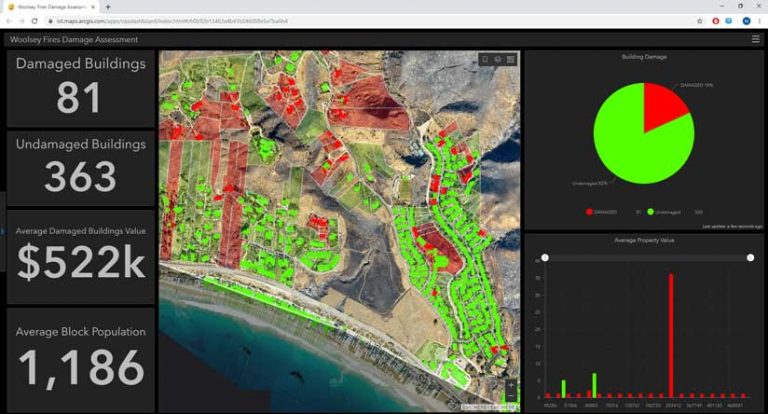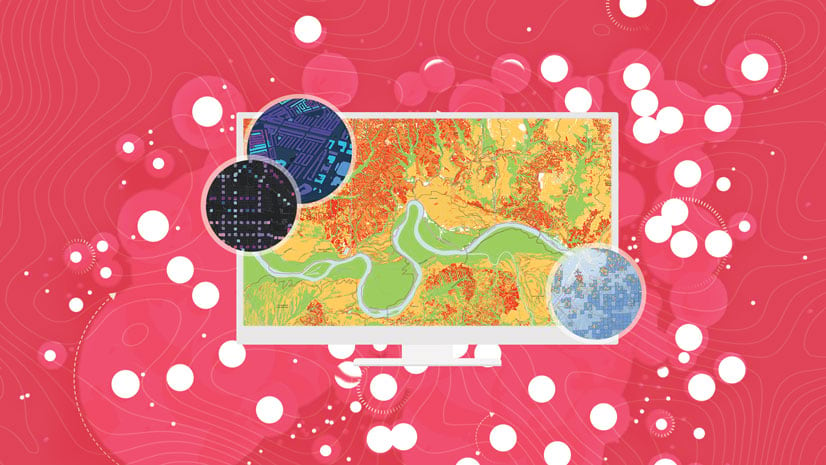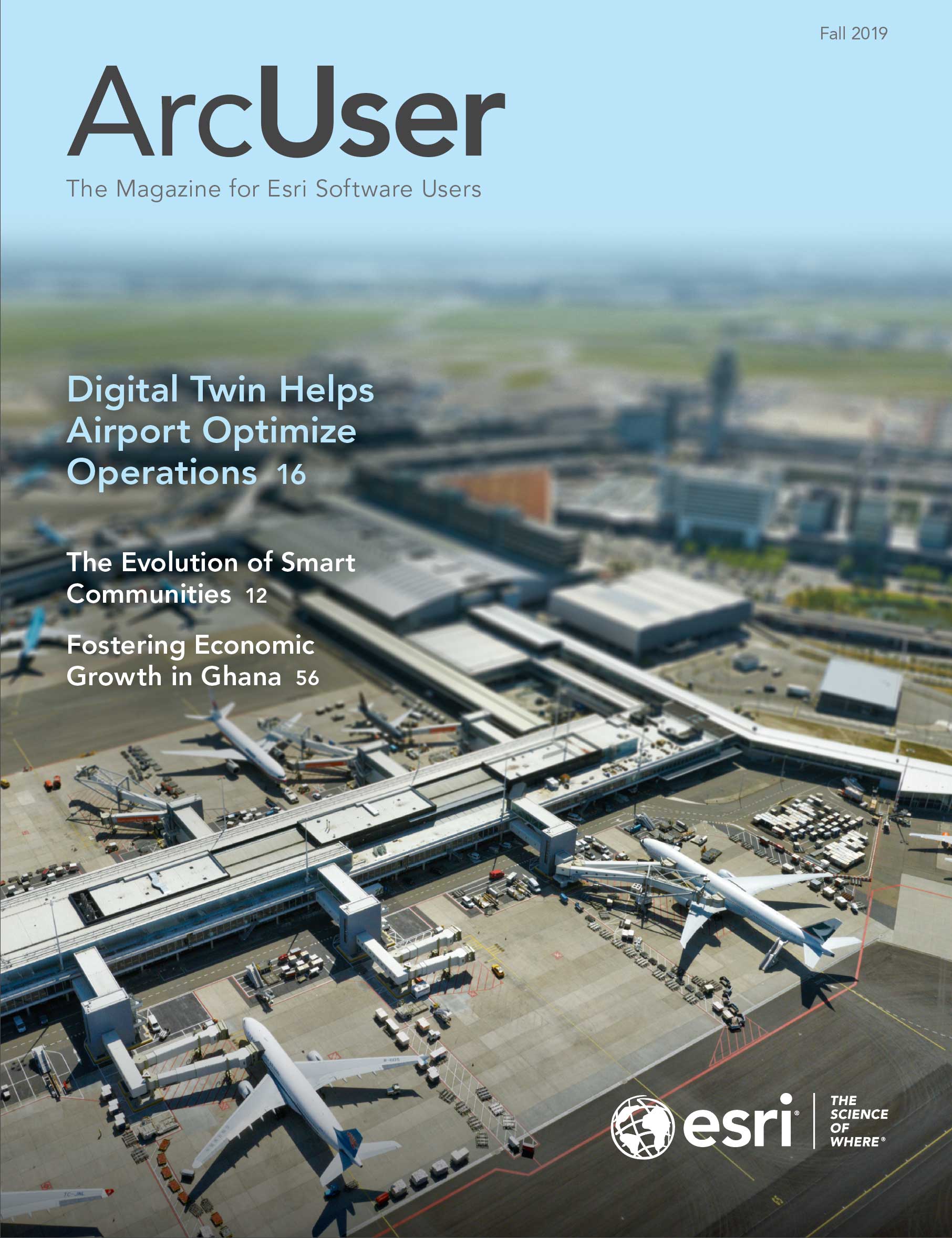Over 15 days in November 2018, the Woolsey Fire burned almost 97,000 acres in California, damaging or destroying thousands of structures in Los Angeles and Ventura Counties. The United Services Automobile Association (USAA) needed to identify damaged and undamaged buildings in the area to process the claims of its customers as quickly as possible.
In the aftermath of a natural disaster, response and recovery efforts can be drastically slowed down by manual data collection. Traditionally, insurance assessors and government officials must rely on human interpretation of imagery and site visits to assess damage and loss. Depending on the scope of a disaster, this process can significantly delay relief to disaster victims.
USAA used the deep learning capabilities of ArcGIS to quickly identify damaged structures within the fire perimeter. This information allowed insurance adjusters to fast-track the claims of affected residents and businesses. The process of capturing training samples, training the deep learning model, running inference (categorization) tools, and detecting damaged homes was accomplished entirely within the ArcGIS platform.
Managing Imagery
Before the fires were extinguished, DataWing Global, an end-to-end aerial data services company, flew drones within the fire perimeter and captured high-resolution imagery of impacted areas. The imagery, totaling 40 GB in size, was managed using a mosaic dataset, the primary method for managing large volumes of imagery in ArcGIS.
Labeling and Preparing Training Samples
Prior to training a deep learning model, training samples must be created that represent areas of interest. Building footprint data was obtained from the Los Angeles County GIS Data Portal. Building footprints were overlaid on the high-resolution drone imagery in ArcGIS Pro. A new field called ClassValue was added to the building footprint feature class to contain the results of manually labeling several hundred homes as damaged or undamaged.
These categorized features were exported training samples using the Export Training Data For Deep Learning tool in ArcGIS Pro. The metadata output format was set to Labeled Tiles. The Labeled Tiles were used for training the Damage Classification model.
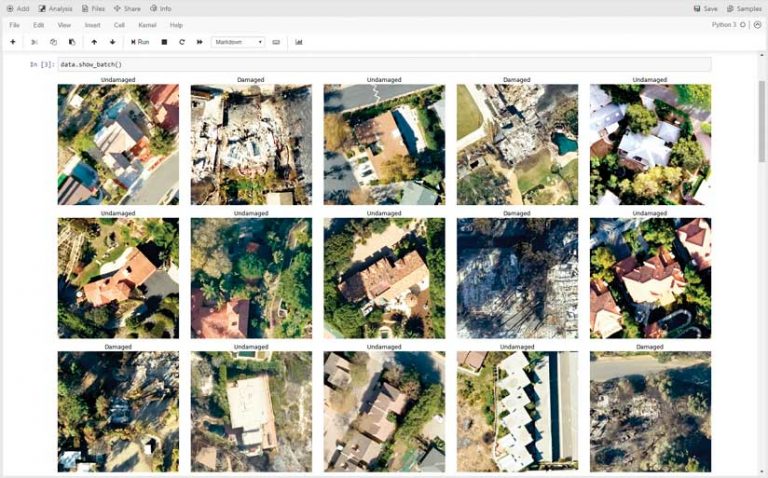
Training the Deep Learning Model
ArcGIS Notebooks was used for training purposes. [ArcGIS Notebooks provides users with a Jupyter Notebook environment that is hosted in ArcGIS Enterprise portal and powered by ArcGIS Notebook Server.] Because ArcGIS Notebooks is preconfigured with the necessary deep learning libraries, no extra setup was required. With a few lines of code, the training samples exported from ArcGIS Pro were augmented.
Using the arcgis.learn module in the ArcGIS API for Python, optimum training parameters for the damage assessment model were set. The deep learning model was trained using a ResNet34 architecture to classify all buildings in the imagery as either damaged or undamaged.
After ArcGIS Notebooks finished running, ground truth labels (the manually assigned labels) were compared to the model classification results to assess how well the model performed. Training the model using a ResNet34 architecture gave an accuracy rate greater than 99 percent. For complete details on the training process,see the post “Building Footprint Extraction and Damage Classification” (https://bit.ly/33R00Zx) on Medium.
Running Inference Tools
With the model.save() function, the model can be saved and used for inferencing purposes. Inferencing was performed using the ArcGIS API for Python. By running inferencing inside ArcGIS Enterprise using the model and classify_features function in Notebooks, inferencing can be performed at scale.
The result is a feature service that can be viewed in ArcGIS Pro. More than 9,000 buildings were automatically classified using deep learning capabilities in ArcGIS. The map resulting from this analysis showed damaged buildings marked in red and undamaged buildings marked in green. With 99 percent accuracy, the model is approaching the performance of a trained adjuster. What used to take days or weeks, can now be done in just hours.
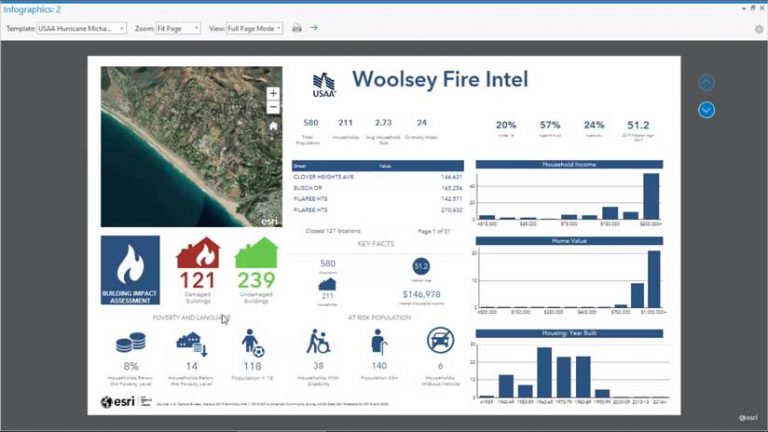
Understanding Who Was Affected
The value of deep learning goes beyond helping USAA respond more quickly to the needs of its customers. Once damaged houses and businesses were identified, ArcGIS could be used to gain a better understanding of the people affected by the fire.
When deploying response units to disaster areas, it’s important to know where at-risk populations, such as the elderly or children, are located. Generating infographics using ArcGIS Business Analyst lets responders easily see the characteristics of impacted communities. A report summarizing this information can help agencies responding to a disaster make more informed decisions more rapidly.
Using Operations Dashboard for ArcGIS, the results of analysis combined with enriched feature layers let incident managers and others coordinating response dynamically access the status of any structure and the value of the damaged structures to better serve the needs of affected populations.
Improving Response and Recovery
Using the deep learning, imagery, and data enrichment capabilities in the ArcGIS platform can improve damage assessment to speed insurance claims processing and support rapid response and recovery activities.
